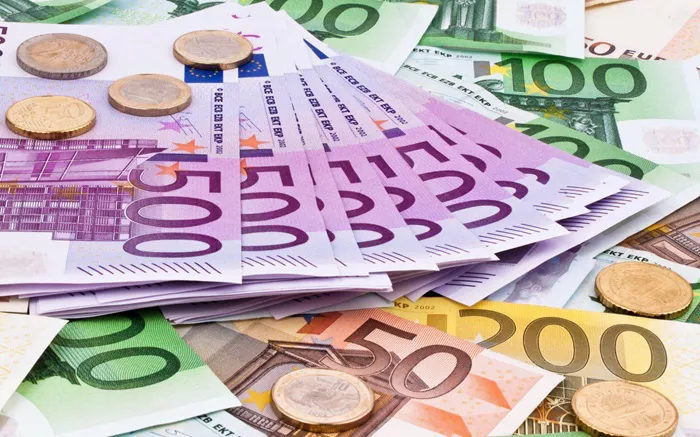The EUR/USD pair has been in a steady decline since late September 2024, approaching a critical support level at 1.02624, as ongoing economic and policy challenges continue to exert downward pressure on the euro.
The European Central Bank (ECB) has further fueled concerns over the euro’s weakness, with its Vice President, Luis de Guindos, indicating a potential dovish stance for future monetary policy. His comments, coupled with the widening interest rate differential between the eurozone and the United States, are creating a challenging environment for the euro, which could continue to face bearish pressure in the short term.
Since its peak in September 2024, the EUR/USD has dropped over 8%, reflecting the dominance of the US dollar and heightened concerns regarding the ECB’s monetary policy. De Guindos recently stated that disinflation in the eurozone is progressing well, and he hinted that upcoming economic data might justify a continued dovish outlook when the ECB meets on January 30. This stance aligns with the ECB’s decision to lower interest rates four times in 2024, stabilizing them at 3.15%. Meanwhile, inflation in the eurozone stands at 2.4%, comfortably within range but still above the ECB’s 2% target, reinforcing the central bank’s cautious approach.
Amid this environment, concerns about potential trade disruptions due to geopolitical risks and the possibility of a Trump presidency in the US further complicate the eurozone’s economic outlook. Additionally, the ongoing war in Ukraine continues to cast a shadow over European economic activity, further weighing on the euro. With inflation stable and growth slowing, the ECB may take further steps to reduce rates, which would likely deepen the euro’s vulnerability against the dollar.
The current disparity in interest rates—3.15% in Europe versus 4.5% in the United States—remains a significant factor in the euro’s weakness. As the US maintains higher rates, capital continues to flow toward the dollar, exacerbating the bearish trend in EUR/USD. Meanwhile, the US Federal Reserve has taken a neutral stance on policy, leaving the door open for further rate hikes, which only strengthens the dollar’s appeal.
Technically, EUR/USD continues to follow a clearly defined bearish channel, with consistent selling pressure since the September highs. The pair is now approaching a pivotal support zone at 1.02624. A sustained break below this level would signal that the bearish trend is likely to continue. However, there are indications of potential short-term bullish corrections. A divergence between the lower lows in EUR/USD prices and higher lows in the Relative Strength Index (RSI) suggests that the current bearish momentum may be weakening, possibly signaling upward price corrections, particularly as the pair nears the support zone.
Related topics:
How Do I Cash Out My Publix Stock?
Can a Foreign Country Invest in Mutual Funds in India?


